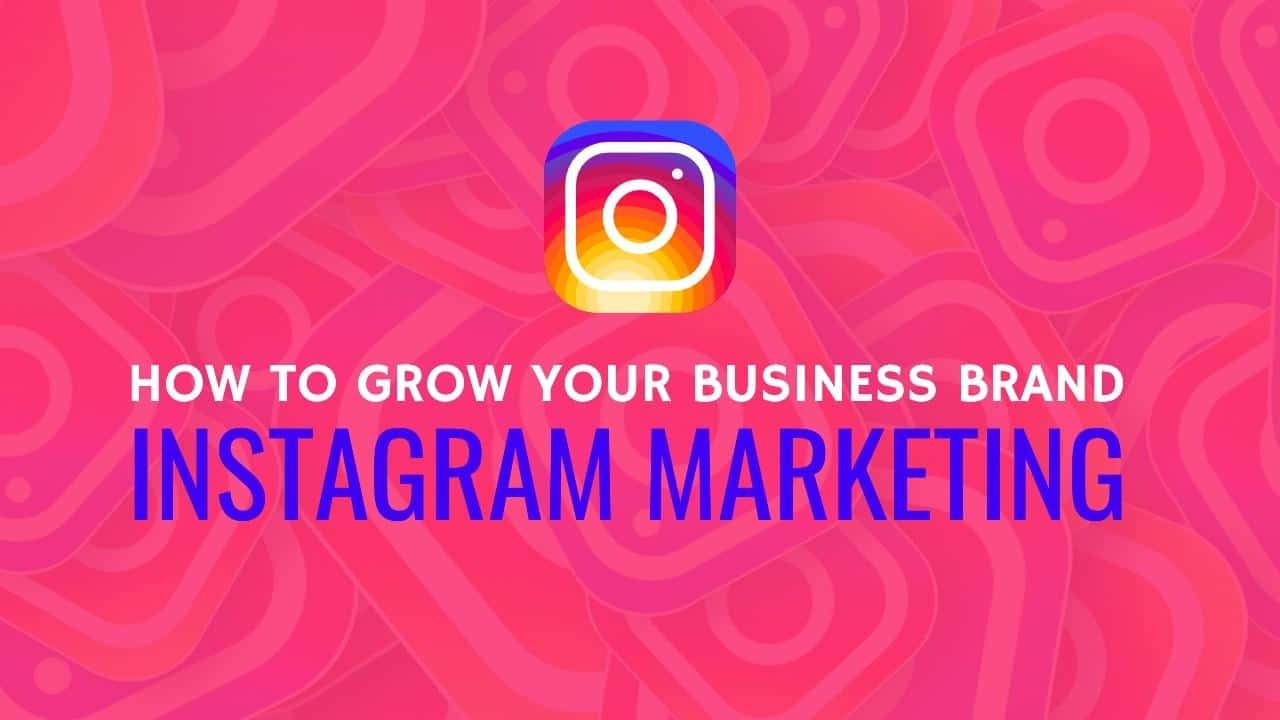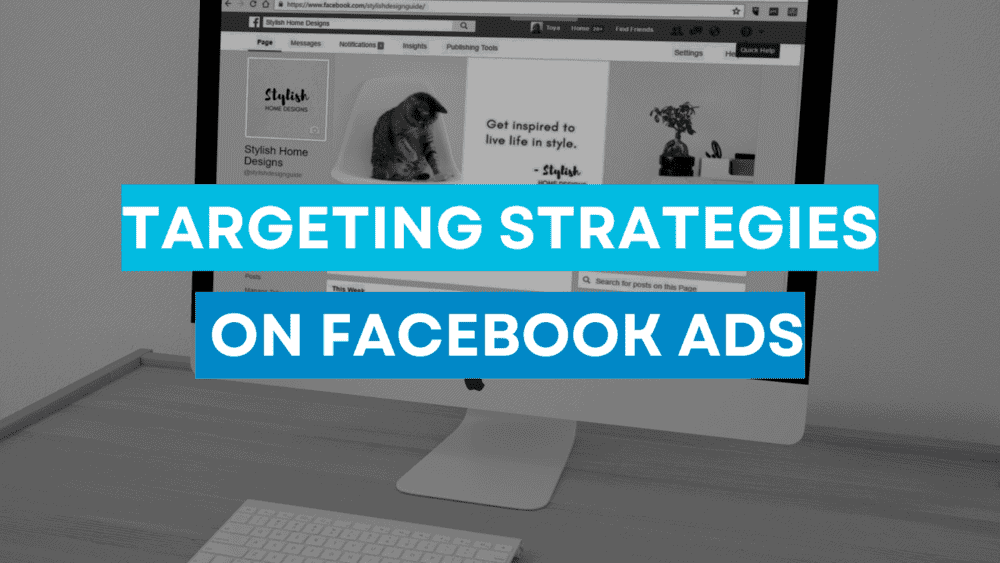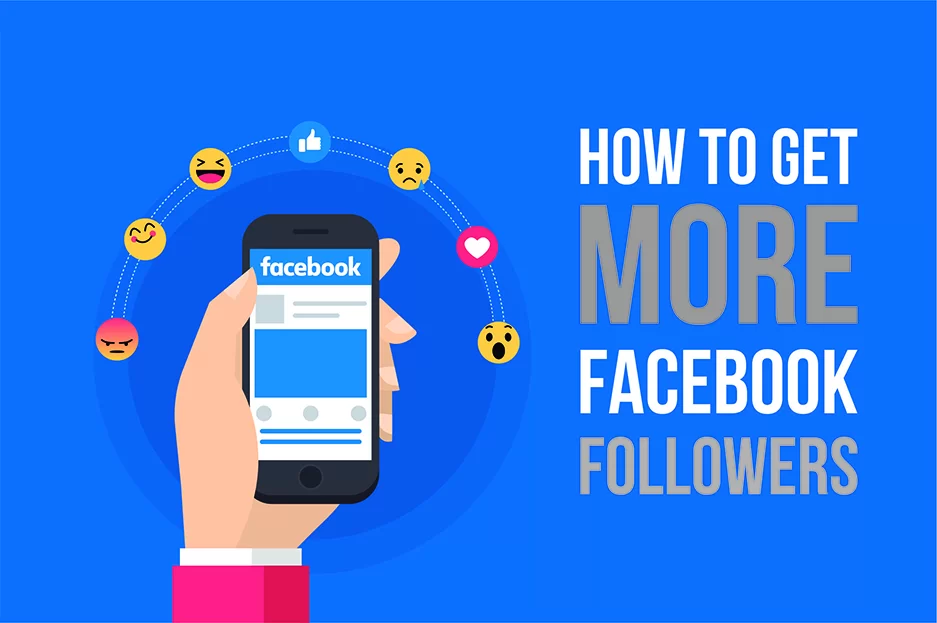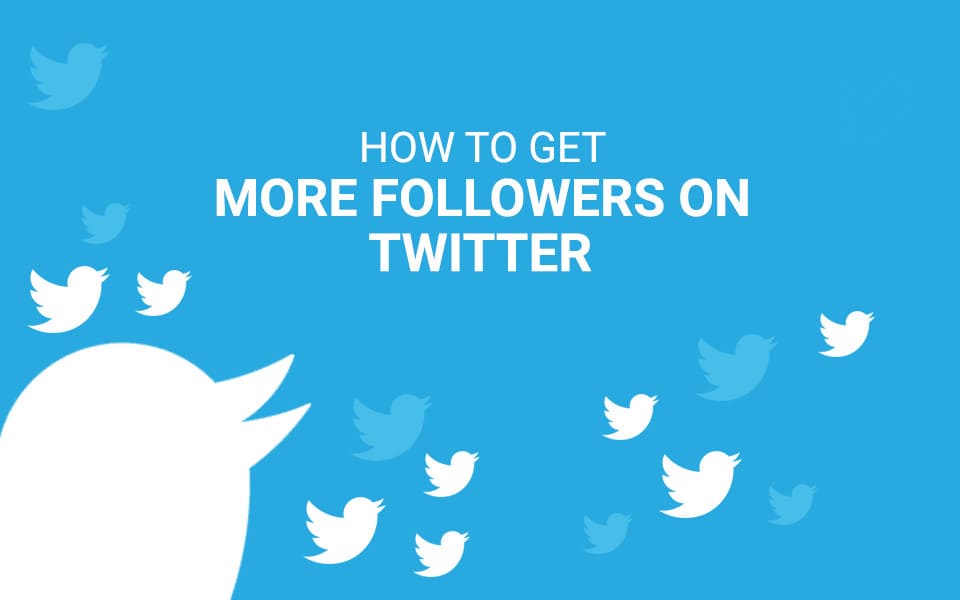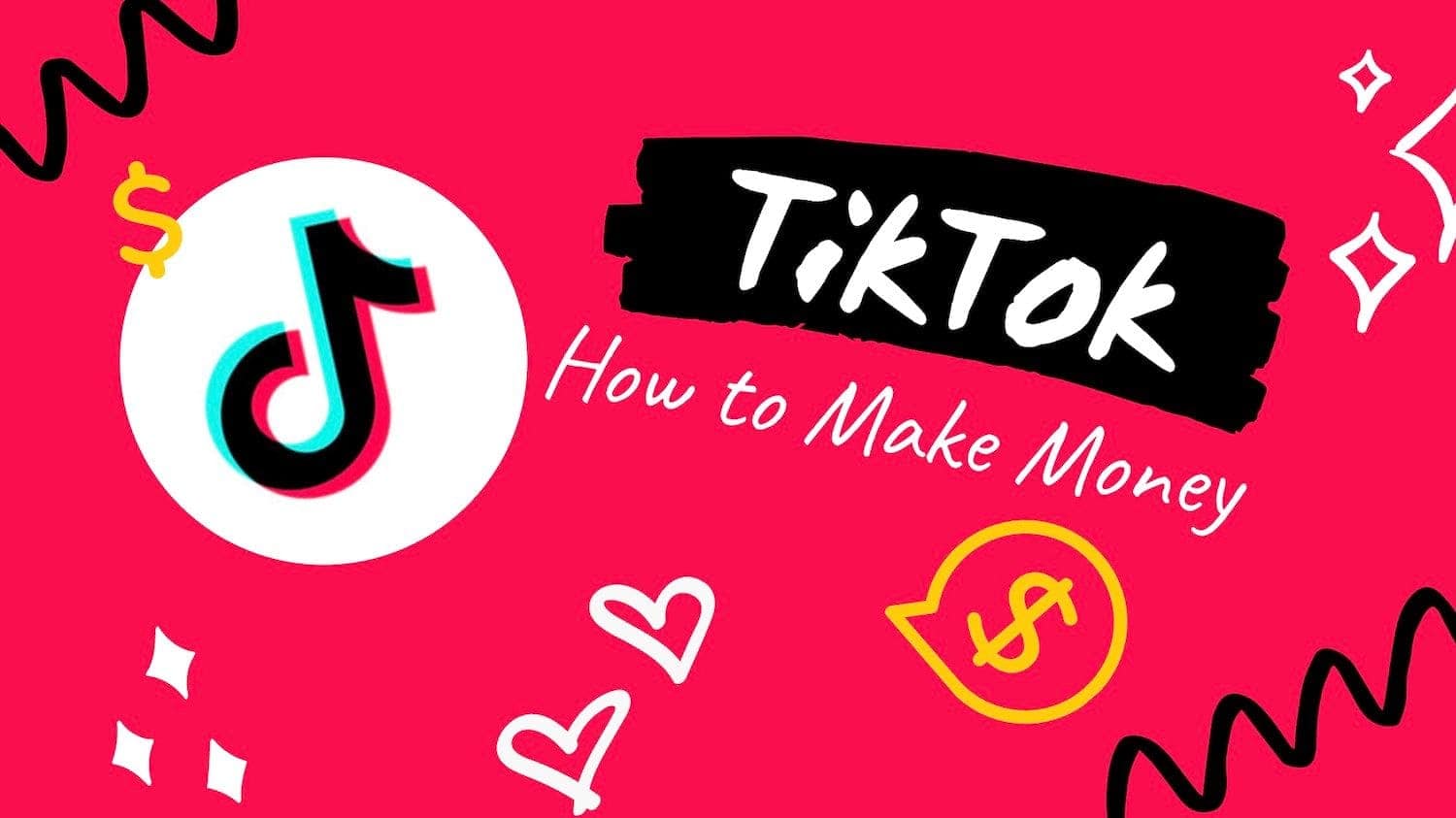Starting a Business Post-Retirement: 6 Things You Need to Get Right
Many retirees want to enjoy their freedom and independence once they retire. However, there comes a point when some of them desire to continue pursuing their aspirations and feel a strong sense of purpose. Despite a potentially substantial retirement income, it frequently falls short of a pre-retirement salary and might not always align with desired … Read more




